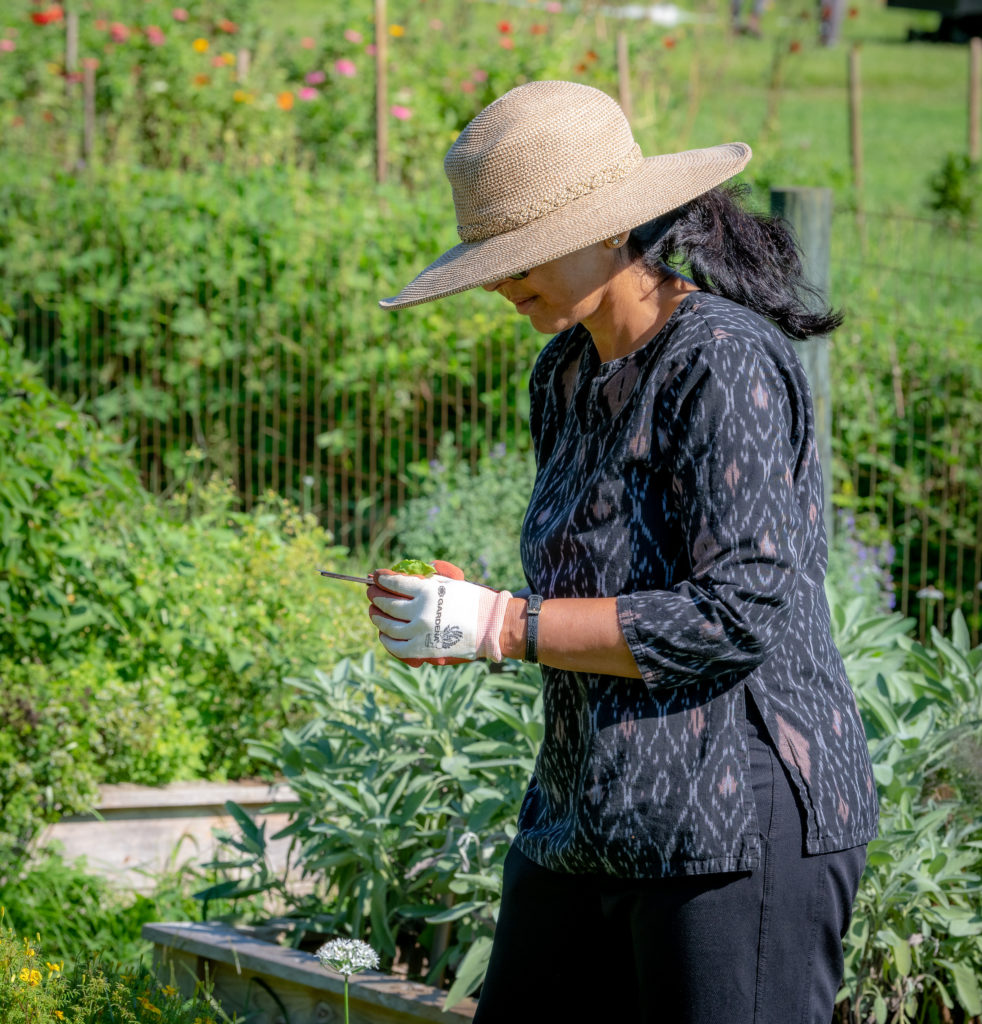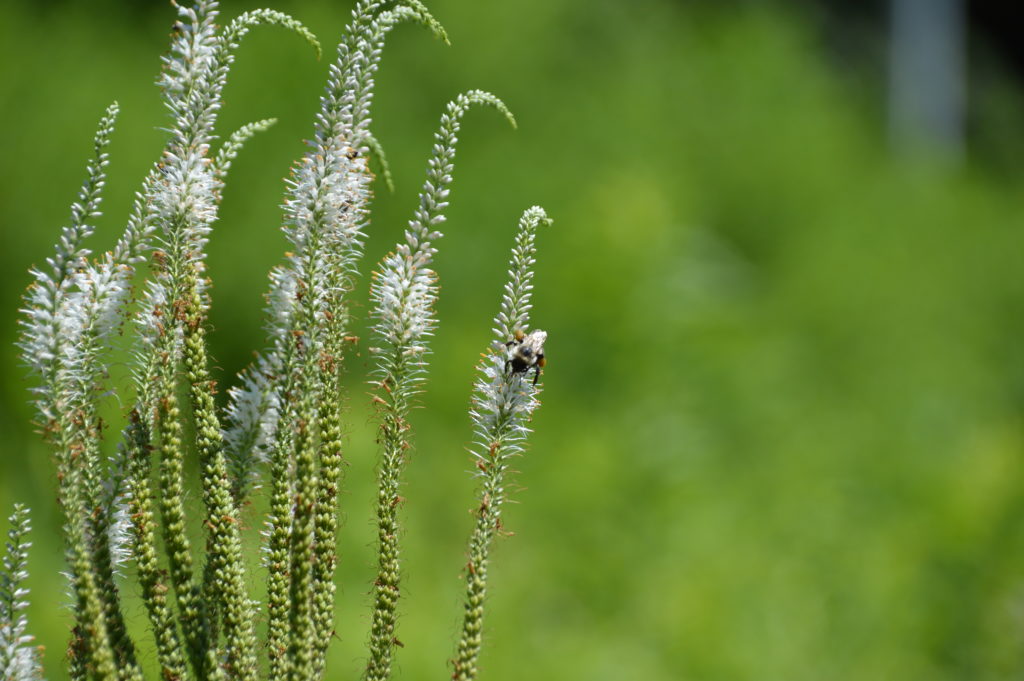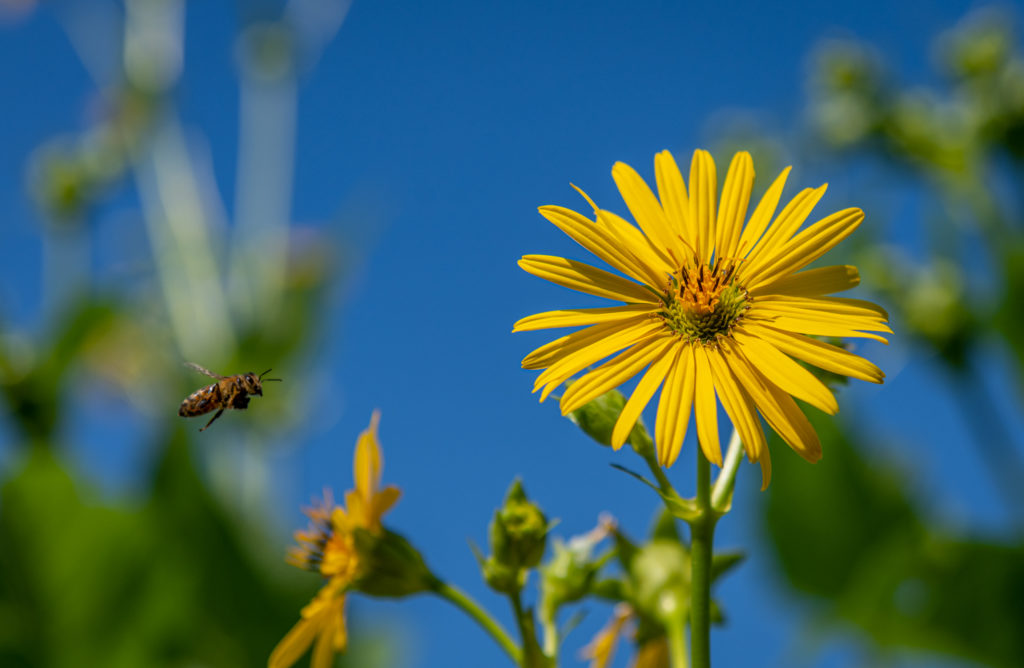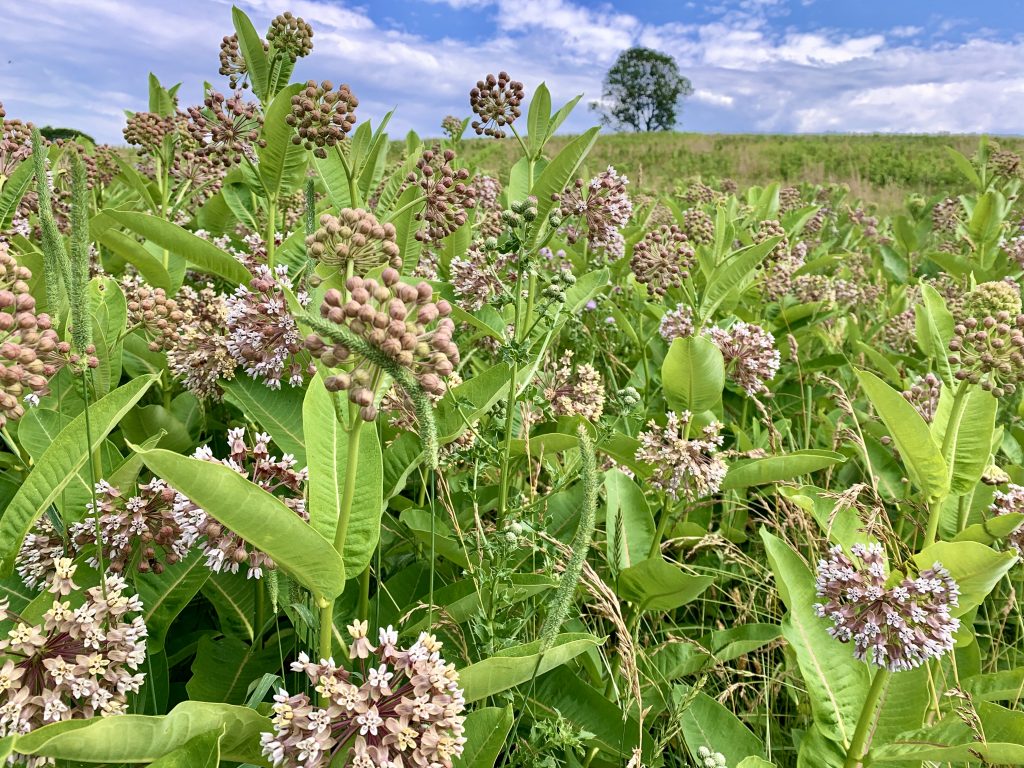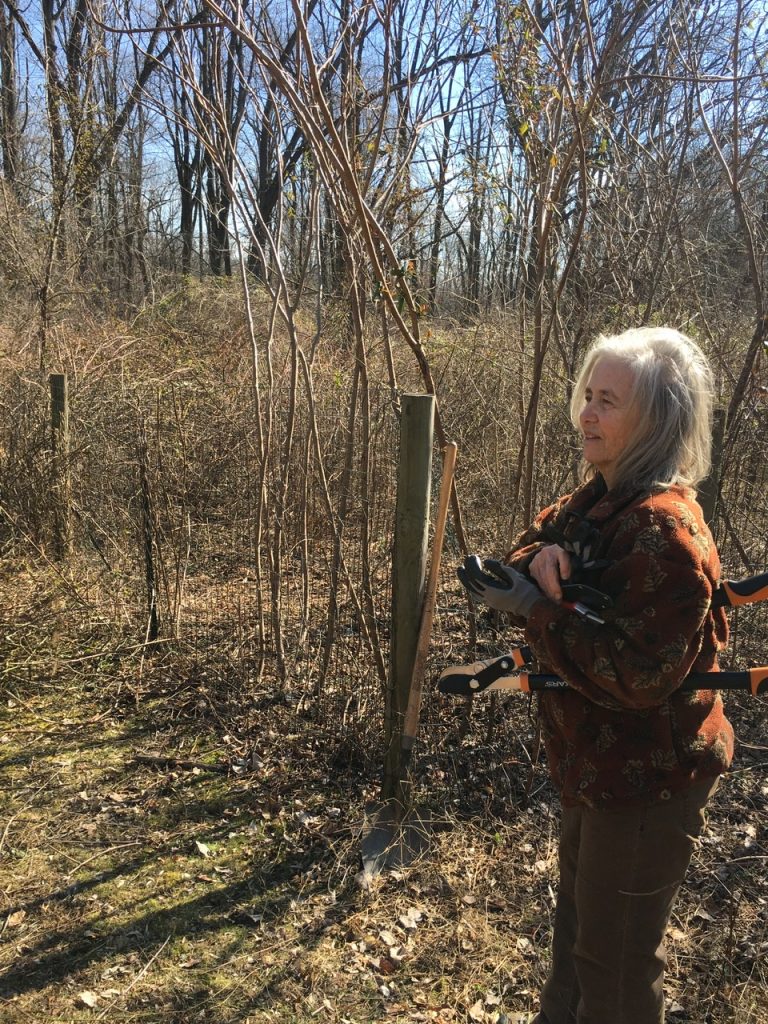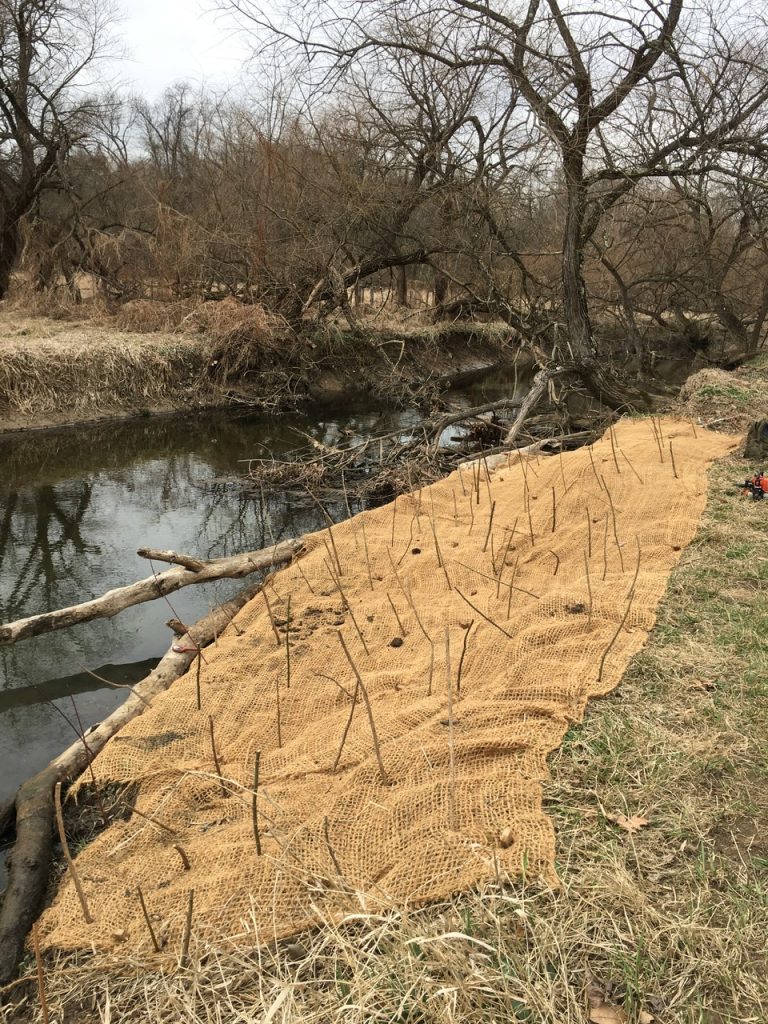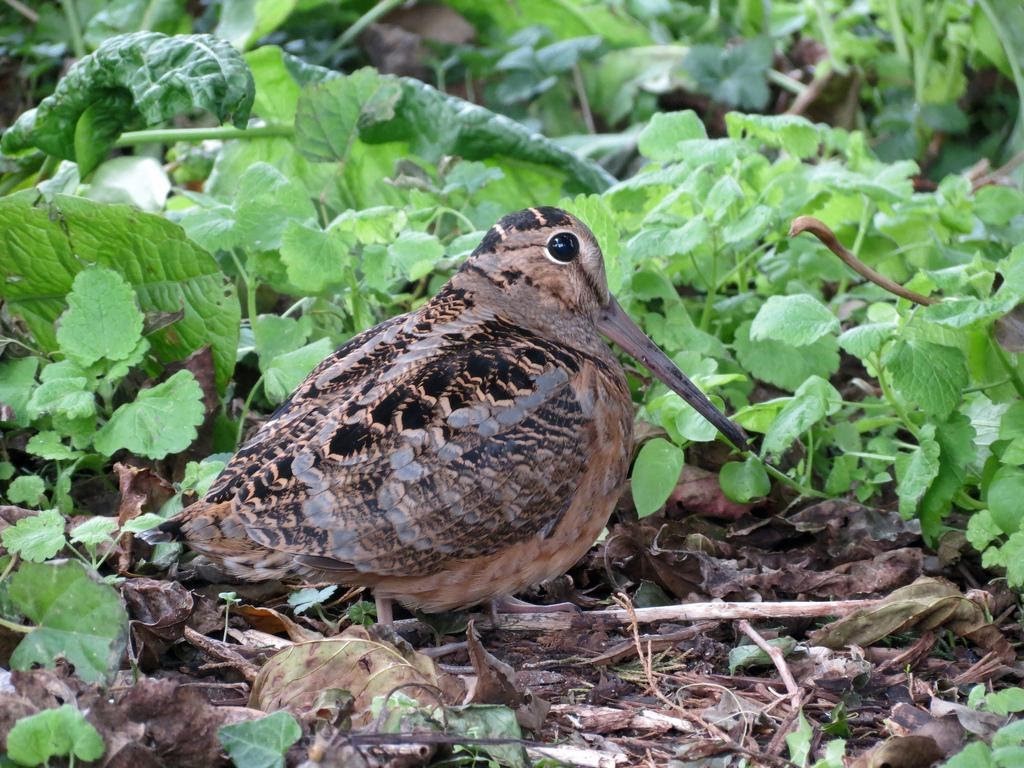
American Woodcock (Scolopax Minor)
An Interview with Lisa Williams, Ruffed Grouse, American Woodcock, and Webless Migratory Game Bird Specialist for the Pennsylvania Game Commission.
Have you ever had the opportunity to witness the skydance courtship display of the American Woodcock? Every spring a few lucky birders are blessed with the opportunity to witness the iconic, erratic, and twirling mating dance of the American Woodcock. Migrant Woodcock return north from their southern wintering grounds to find suitable nesting habitat – and mates. Woodcock find open areas on the edges of early successional habitat to feed, rest, and breed. We were able to ask Lisa Williams, the Ruffed Grouse, Woodcock and Webless Migratory Game Bird Specialist for the Pennsylvania Game Commission a few questions about woodcock and their quirky habits, as well as get a few tips and tricks for you to see more Woodcock this spring.
Where should we look for spring woodcock?
“Flat brushy fields, brush thickets, and field edges with moist soils.”
What is the peak time?
“The best time to observe Woodcock is up to an hour after sunset. Beginning about 20 minutes after sunset, males begin an elaborate courtship display that lasts for 30-40 minutes. They display during both twilight periods of the day (dusk and dawn), with the dusk display period lasting longer than the dawn period. If you can position yourself to have the bird displaying between you and the western sky, you will enjoy the best views.”
When is the peak migration?
“Peak migration is occurring now. The first wave of migrants began arriving in southern Pennsylvania in late February and birds had reached the New York border by March 10th. Migration will continue for the next month, with resident birds settling down to nest by mid-April.
When will they nest?
“Nesting typically begins in April, with peak nesting initiation beginning in mid-April. Some nests can show up as early as late March, but earlier nests have a higher failure rate.”
How are Woodcock populations?
“Slowly declining across the US due to the conversion of their brushy habitat to agriculture, or commercial/ residential development. Brushy thickets are an ‘unloved’ habitat but are critically important to many birds.”
Is there any backyard habitat that can be done for Woodcock?
Planting native shrubs in clumps along field edges. Woodcock nest near the open fields where the courtship displays occur. So if you have displaying woodcock on your property or in a local park, working to establish native shrubs as clumps in the field or along the perimeter is highly beneficial. Providing native shrubs while eliminating invasive shrubs such as honeysuckle, multi-flora rose, autumn olive and barberry provides even more benefit, as there is evidence that non-native shrubs can actually reduce woodcock nest success because they form a dense canopy that can inhibit the hen’s ability to flush to safety when threatened.
What is the state doing for Woodcock habitat?
“Public Land Managers in the Pennsylvania Game Commission, Department of Conservation and Natural Resources, Natural Resources Conservation Service, and Allegheny National Forest are working hard to regenerate young forests and improve habitat quality for ground nesting birds like Golden-Winged Warblers, Woodcock, and Grouse. This is done through a combination of mature timber harvest, prescribed fire, and forest improvement activities. However, 87% of the forest in PA is privately owned, so the State cannot conserve shrub-associated species alone. The work of private landowners is key to statewide, long term success in supporting young forest species.”
Is the suburban Philadelphia area an important stopover for Woodcock?
“OH MY, YES!!!! An ongoing multi-state migration study of woodcock indicates that Southeast Pennsylvania, and the Philadelphia area, in particular, is critically important for migrating woodcock who need to stop over to refuel. Improving habitat and working to support dark night skies (“lights out” programs) can really improve the odds for migrants who need a safe haven during their journey.
Visit our Preserves! To find Woodcock this spring, head to Rushton Woods Preserve and wait patiently along the edges of the hedgerows at dawn and dusk. Another excellent spot is Ashbridge Preserve along the edges of the western fields and brushy stream edges. For maps and locations of these preserves visit, https://wctrust.org/land/preserves/ and for questions please email land@wctrust.org
About Lisa Williams | Lisa Williams received her B.S. in Ecology/Environmental Studies at Juniata College in Huntingdon PA and her M.S. in Wildlife and Fisheries Sciences at Penn State University. Lisa is currently the Pennsylvania Game Commission’s program biologist for ruffed grouse and webless migratory game birds, with research and management expertise working in young forest habitats. For her work on grouse and West Nile Virus, Lisa received the Governor’s Award for Excellence and the Association of Fish and Wildlife Agencies’ Ernest Thompson Seton Award in 2020.
